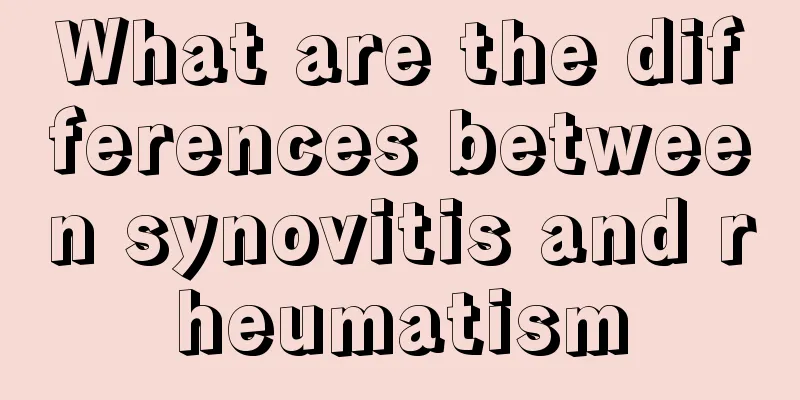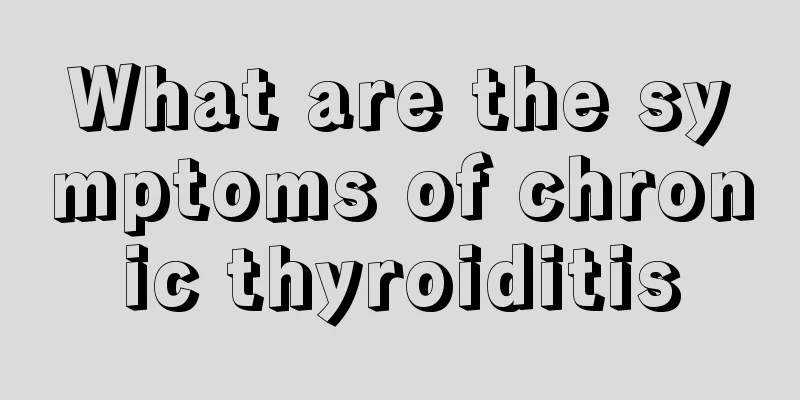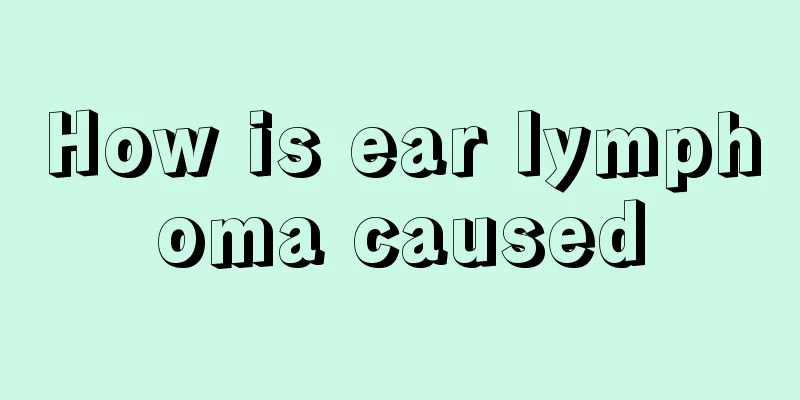Is Pneumococcus really a virus?

|
Many people think that pneumococcus is a virus and dare not have any contact with it. Facts have proved that pneumococcus is not a virus, but a relatively common bacterium. It has three forms: spherical, rod-shaped, and spiral-shaped. This bacterium will multiply in large numbers once it enters the body and can cause diseases such as bronchitis, pleurisy, and sepsis. 1. What is Pneumococcus Pneumococcus is a bacterium of the genus Diplococcus, also known as pleuritic diplococcus. It is often found in the nasopharyngeal cavity of normal people. The bacteria are arranged in pairs and have no flagella or spores. Some people also classify this bacterium as Streptococcus and call it Pneumococcus because sometimes the bacteria appear in short chains, such as in sputum and pus. The pathogenicity of bacteria lies in the fact that the capsule can resist the phagocytic effect of the human body, causing it to multiply in large numbers in the body and cause disease. It mainly causes lobar pneumonia, bronchitis, pleurisy, sepsis, etc., and can produce intracellular hemolytic mycin, which is released due to autolysis of the bacteria and can dissolve red blood cells, which is lethal to animals. Both rough and smooth types can be distinguished into many different serotypes. Because the capsular polysaccharide of Pneumococcus is a soluble specific substance, it is called capsular antigen. The specificity of capsular polysaccharides is different in different strains, so they can be distinguished by serological methods, such as agglutination reaction, precipitation reaction or capsule expansion test, which are represented by RI, RII, RIII or SI, SII, SIII respectively. In 1928, Griffith discovered the bacterial transformation phenomenon using RI and S III as experimental materials. Toxic strains can form capsules in the body, but the capsules gradually disappear after artificial cultivation. Its resistance is relatively weak, and the bacteria are usually killed within 15 to 20 minutes at 52 to 56 degrees Celsius. 2. Is Pneumococcus a virus? Pneumococcus is not a virus. Pneumococcus is a type of bacteria that can be spherical, rod-shaped, or spiral-shaped. Some of the spherical bacteria are just one sphere, while others are diplococci, which are two spheres connected together. The simplest difference is: 1. Viruses do not have cell structure, but bacteria do; 2. Viruses are definitely those with RNA as their nucleic acid. Pneumococcus is a type of coccus with a spear-shaped body that is often arranged in pairs. Pneumococci are spear-head-shaped cocci that are often arranged in pairs. It is often found in the nasopharyngeal cavity of normal people. The bacteria are arranged in pairs and have no flagella or spores. Some people also classify this bacterium as Streptococcus and call it Pneumococcus because sometimes the bacteria appear in short chains, such as in sputum and pus. The pathogenicity of bacteria lies in the fact that the capsule can resist the phagocytic effect of the human body, causing it to multiply in large numbers in the body and cause disease. It mainly causes lobar pneumonia, bronchitis, pleurisy, sepsis, etc., and can produce intracellular hemolytic mycin, which is released due to autolysis of the bacteria and can dissolve red blood cells, which is lethal to animals. Toxins are a type of microorganism that does not have a cell structure but has life characteristics such as heredity and replication. Like all living things, viruses have the ability to inherit, mutate, and evolve. They are a very small life form with an extremely simple structure. Viruses are highly parasitic and completely dependent on the energy and metabolic systems of host cells to obtain the substances and energy needed for life activities. Without the host cell, it is just a large chemical molecule. When it stops being active, it can be made into protein crystals and becomes a non-living thing. When it encounters a host cell, it will display typical characteristics of a living thing by adsorbing, entering, replicating, assembling, and releasing progeny viruses. Therefore, viruses are a primitive life form between living and non-living things. |
<<: Bacterial pneumonia is caused by these causes
>>: What are the symptoms of vitamin A deficiency
Recommend
What are the benefits of drinking light salt water every morning?
Everyone knows that after a whole night of rest, ...
Treatment methods for common complications of artificial anus surgery
With the improvement of medical technology, the s...
How to care for patients with bladder cancer
How to care for patients with bladder cancer? Bla...
Can advanced liver cancer be cured? How to treat it
In the late stage of liver cancer, there will be ...
What are the effects of drinking leek seeds soaked in water on the body
Everyone is very familiar with leeks. It is a ver...
Quick way to peel an egg
In our daily life, boiled eggs are a kind of food...
What items should be reviewed after hemisection of thyroid cancer
Postoperative follow-up for hemisection of thyroi...
The harm of ozone layer depletion affects human health
The main function of the ozone layer is to absorb...
Experts answer the causes of ovarian cancer for you
Ovarian cancer is a malignant tumor that often oc...
How to remove chicken skin on arms, four tricks to solve the trouble
The phenomenon of egg yolk skin can occur in any ...
Nine carnivore paradises around the world
From traditional American barbecue to Japanese fi...
What's wrong with the deformed and sunken nails
Under normal circumstances, human nails are smoot...
How to soak fish maw, the following seven tips will teach you
Soak the fish maw. Fish maw, also known as fish b...
Can black beans be cooked with coix seed and mung beans?
Because many foods are incompatible with each oth...
How to detoxify the body
In fact, we know that if a person wants to be hea...









